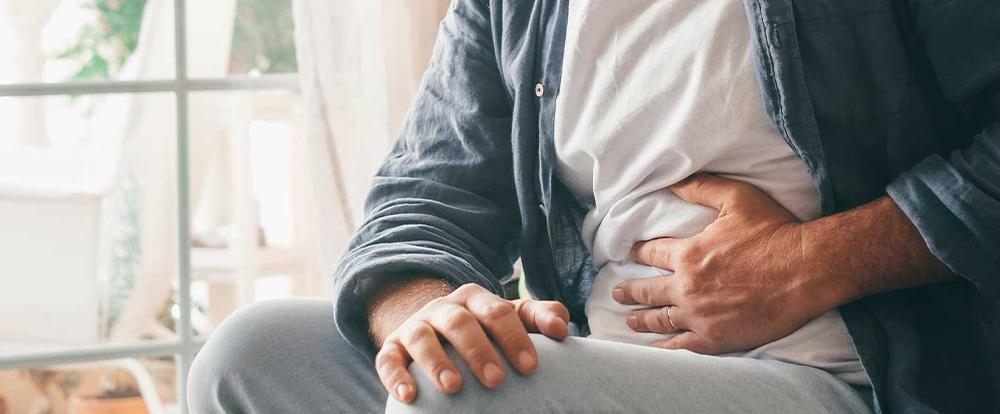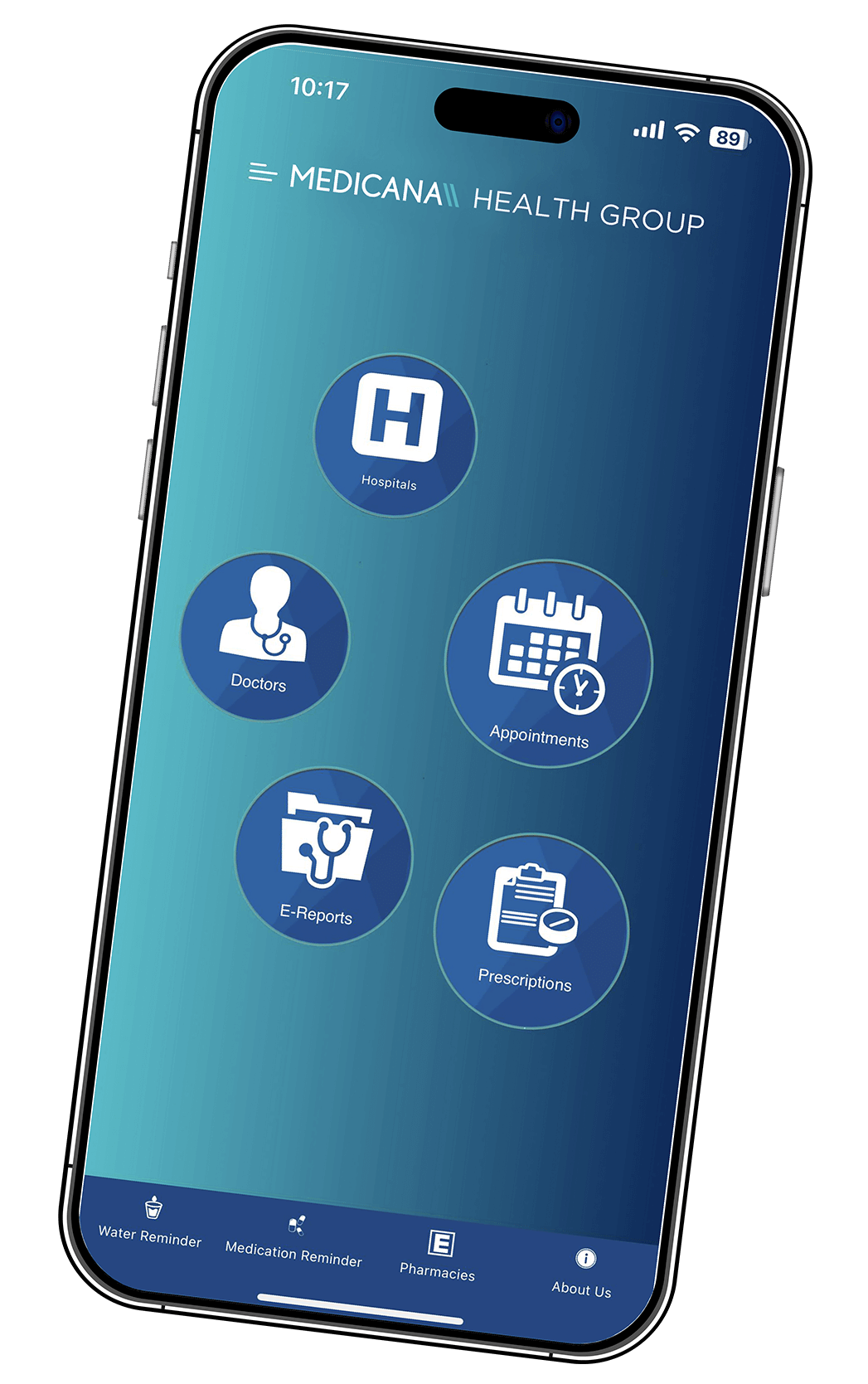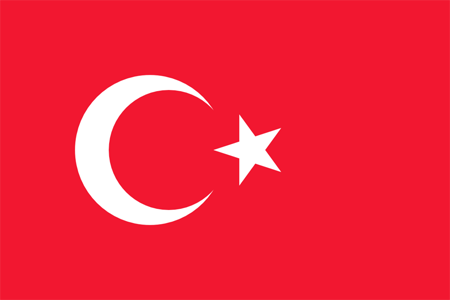Laparoscopic Gall Bladder Removal Surgery

Overview
The gallbladder is an organ located behind the lower part of the liver. If the gall bladder, where the bile produced by the liver is stored, is not functioning correctly, the bile turns into "sludge," and even stones are formed inside the bladder. Abnormal viscosity of the bile and blockage of the bile ducts by stones causes typical pain and symptoms of the digestive system.
Cholecystectomy is the surgical removal of the gall bladder. It is one of the most common operations performed in General Surgery, and the laparoscopic method is usually preferred. Although the risk of complications of laparoscopic cholecystectomy is shallow, the possibility of open surgery is always present.
Why is This Procedure Done?
The gallbladder is a sac where the bile produced by the liver is stored and digests the fats in our food. The liver, gall bladder, central bile duct, and pancreas form the bile system of our body.
The formation of gallstones in the gallbladder hinders or completely blocks the flow of bile to the digestive system. The deterioration of fat digestion, bile accumulation in bile ducts, and irritation of bile ducts and gallbladder by gallstones cause typical pain, flatulence, nausea, and vomiting. Blockage of the bile flow leads to inflammation of the gallbladder and central bile duct. Besides, the bile that cannot be drained into the digestive system causes jaundice. Inflammation of the pancreas (pancreatitis) is another condition caused by the absence of bile or abnormal flow.
Open or laparoscopic cholecystectomy refers to the surgical removal of gallstones for the treatment of blockage and complications caused by gallstones.
Risks
The risk of complication is shallow in cholecystectomy. Although all possible measures that modern medicine allows are taken to prevent the occurrence of risks, it is by no means likely to warrant that the risks will be eliminated. The potential dangers of cholecystectomy are listed below:
• Bleeding
• Infection
• Bile leakage
• Injury of tissues and organs (central bile duct, small intestine, pancreas) around the gallbladder
• Pancreatitis
• Anesthesia-related complications
• Post-cholecystectomy syndrome (persistence of all complaints after the surgery)
Your surgeon will explain in detail whether those risks apply to you or, if so, the rate of occurrence.
Preparation
The first phase of preoperative preparation is the same in all Medicana Hospitals.
Cholecystectomy is a procedure that is carried out under general analgesia. Your surgeon makes a series of assessments to plan the surgery by determining if your overall health is appropriate for this procedure and to identify and treat conditions that pose a risk, such as gallbladder inflammation.
• Review of health history
• A detailed physical examination
• Necessary laboratory tests and radiology studies to evaluate surgical risks
• Assessment by anesthesiologists and other laboratory tests and radiology studies to minimize anesthesia-related complications
After it is verified that the surgery does not pose a risk, you will be asked to quit smoking if you are a smoker and to stop taking certain medications that increase the risk of bleeding. All other prescribed and over-the-counter medications, herbal products, and supplements will also be questioned, and you will be informed to continue or stop taking them.
A preoperative discussion with your surgeon about cholecystectomy is critical. You are informed in detail about the procedure. All procedure details, potential risks, and healing period are explained. You will also be instructed to stop eating and drinking at a particular time before the surgery, and you should strictly follow this instruction to undergo the surgery at the scheduled date. After it is verified that the surgery does not pose a risk, you will be asked to quit smoking if you are a smoker to minimize risks and facilitate postoperative recovery. Prescription and over-the-counter medications you take for other medical conditions are reviewed, and you are informed about medications (i.e., blood thinners that increase the risk of bleeding) that you need to stop taking before the surgery if required. Moreover, your medication dose for chronic diseases (diabetes mellitus, hypertension, etc.) might temporarily be modified. All other over-the-counter medications, herbal products, and supplements will also be questioned, and you will be informed to continue or stop taking them.
Moreover, it is reasonable to plan discharge, post-discharge accommodation, and travel at this phase to manage the postoperative period better.
Surgery and Early Postoperative Period
Cholecystectomy is performed under general anesthesia, and laparoscopic procedure is preferred due to particular advantages, such as short recovery time, less incision scarring, and milder postoperative pain. However, if your health history is notable for prior abdominal surgery or if your surgeon deems it necessary, open surgery may be needed. Another possibility is that a complication develops during laparoscopic surgery; therefore, the procedure is converted to open surgery. However, this risk is relatively low. Laparoscopic cholecystectomy is a minimally invasive surgery. After you have been taken to the operating room and made the necessary preparations (such as placing a tube in your trachea, administering anesthesia, cleaning the skin of the incision lines, etc.), your surgeon will make four small incisions on your abdominal skin. First, your abdominal cavity is inflated by CO2 gas through one of those incisions. Then, a camera is inserted into your abdominal cavity. Other incisions are used for surgical instruments to be inserted into your abdominal cavity.
After the gallbladder is carefully dissected or separated from the surrounding tissues, it is placed in an " endobag " bag and removed from the abdominal cavity through one of the small incisions. Before your surgeon completes the operation, your bile system is checked, and the surgeon explores whether there is a stone left in the abdominal cavity and the bile leakage.
You will be closely observed until anesthesia wears off and then you will be transferred to your room.After you recover from anesthesia and you are ready to walk, you will be mobilized by or under supervision of our healthcare professionals.
You will be given painkiller (s) after the surgery to manage the postoperative pain. You may also need to use antibiotics to prevent a possible infection. What you must do to protect your surgical area will be explained in detail. In addition, you will be informed in detail about wound care.
You must follow your doctor's instructions after the surgery to protect and support the outcome of the surgery. In laparoscopic cholecystectomy, if no complication is faced in the surgery, you are usually discharged after you stay at the hospital for one night.
However, if open surgery has been performed or if laparoscopic surgery is converted to open surgery, you will need to stay at the hospital for a few more days. You will be informed about all issues you must consider (diet, exercise, wound care at home, etc.). You will also be given information brochures, if available and necessary.
You should see your surgeon for scheduled follow-up visits before you are discharged. If you experience warmth and redness in your incision line or have a fever or any symptoms that you think are due to surgery after you are discharged, contact your surgeon immediately.
Results
The time required for your recovery after the surgery depends on the type of surgery. In open cholecystectomy, complete recovery may take 6 to 8 weeks. In laparoscopic surgery, you will likely resume your routine life within two weeks. Cholecystectomy helps the pain and other complications caused by gallstones. You may ask about changes in your bowel habits or other symptoms you recognize to your surgeon to be informed.





















